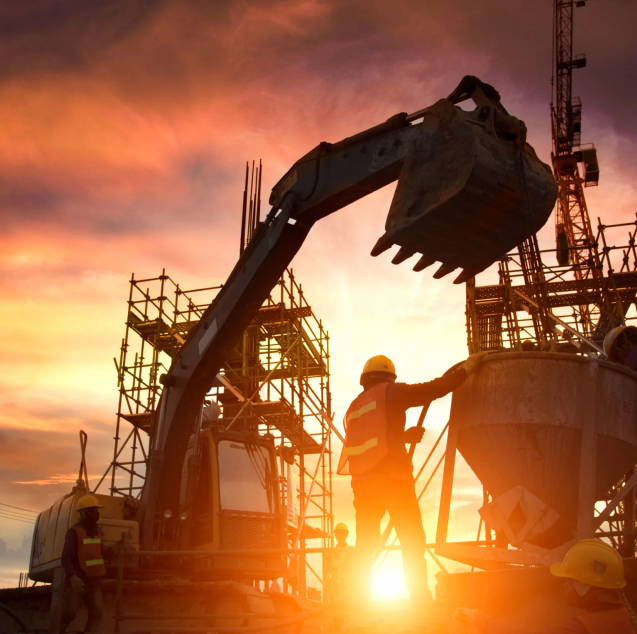India's construction sector stands as a cornerstone of the nation's economic strategy, pivotal in addressing critical infrastructure needs and providing substantial employment opportunities. Infrastructure construction and real estate assets like offices, retail, housing, and data centres have been the major focus areas for both the government and the private sector. Logistics and warehousing have emerged as critical components within India's construction sector, driven by rapid urbanization and the need for efficient supply chain networks. According to NAREDCO and Knight Frank's Report, India’s warehousing market is expected to see potential demand for 159 Mn square feet by 2047, with an annual compound growth rate of 4%. The e-commerce and manufacturing industries fuel this growth by driving investments in logistics parks, industrial corridors, and modern warehousing facilities across the country. India's real estate sector is also set to expand significantly, with projections indicating it could reach $5.8 Tn by 2047, contributing 15.5% to the total economic output.
In the fiscal year 2024-25, the government has bolstered its capital expenditure by 11.1% to $133 Bn, equivalent to 3.4% of the GDP. Such investments are poised to catalyze growth within the construction sector, fostering the development of modern infrastructure nationwide.
Furthermore, government initiatives like the Pradhan Mantri Awas Yojana-Urban (PMAY-U) have marked significant progress by sanctioning 1.18 Cr houses, with 86.6 lakh completed and 1.15 Cr grounded for construction as of September 10, 2024. This initiative aims not only to alleviate urban housing shortages but also to enhance living standards across the country.
Sustainable development remains a key focus within India's construction sector, with government entities and private developers increasingly adopting green building practices and energy-efficient technologies. Initiatives like promoting green buildings aim to reduce environmental impact, enhance energy efficiency, and foster sustainable urban development. These practices not only contribute to environmental conservation but also align with global climate goals.
India's construction sector is poised for substantial growth, supported by significant government initiatives, robust investments in logistics and warehousing infrastructure, and a steadfast commitment to sustainable development. The sector's role in enhancing infrastructure, facilitating urbanization, and driving economic growth underscores its critical importance in India's broader economic strategy. The trajectory of India's construction sector reflects its integral role in shaping the country's economic landscape. With ongoing initiatives like PMAY-U, HRIDAY, etc. substantial investment commitments, a focus on sustainability through green building practices, and advancements in logistics and warehousing infrastructure, the sector is not only meeting current infrastructure demands but also setting the stage for long-term economic resilience and sustainable urban development across the nation.














